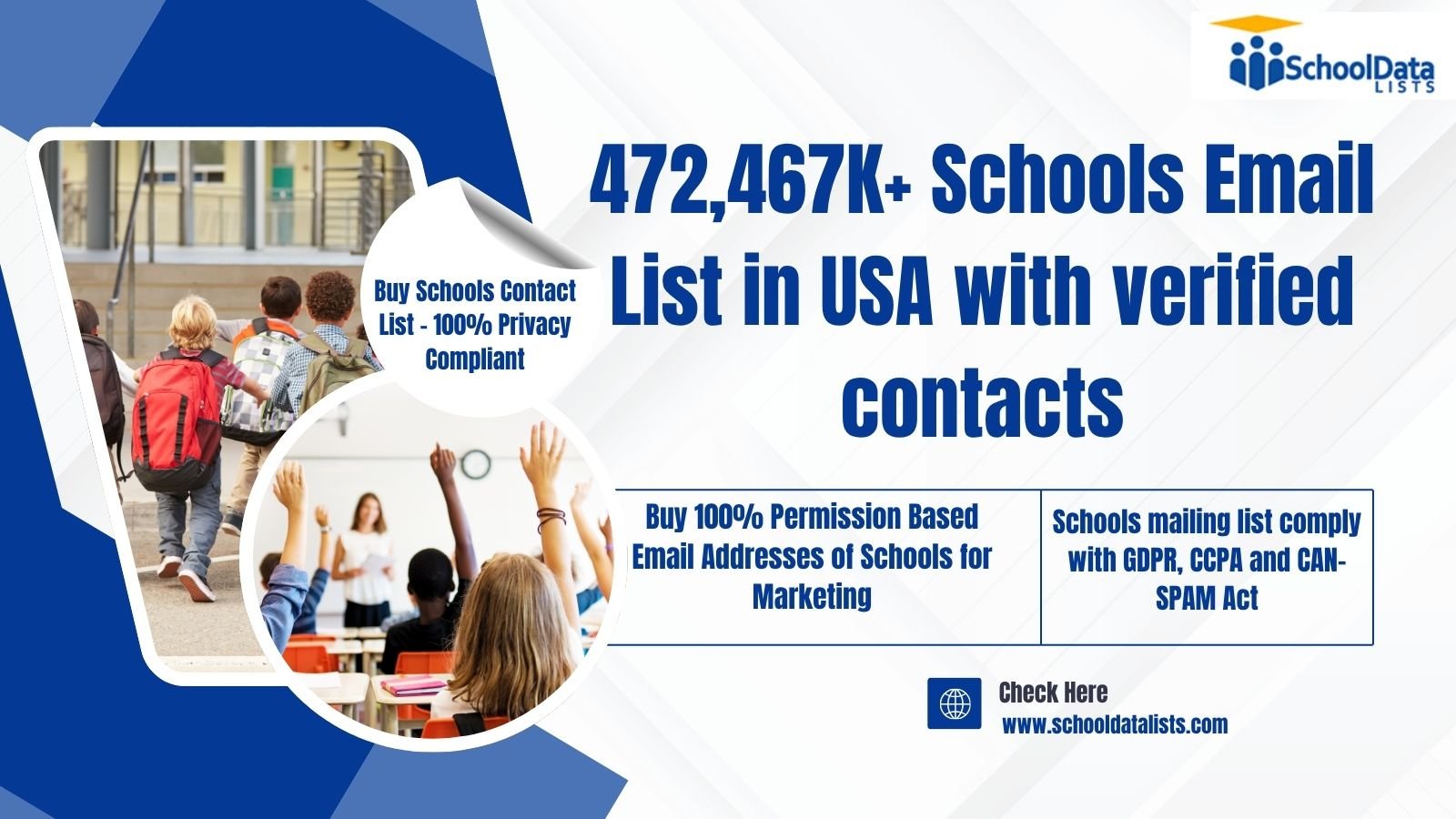In today’s fast-paced online support environment, response times can significantly influence customer loyalty and overall satisfaction. For companies like Luckywave, which operates in a highly competitive industry, understanding and optimizing email support response metrics is essential. Data shows that customers expect replies within 24 hours; delays beyond this can lead to dissatisfaction and loss of trust. This article provides a comprehensive analysis of Luckywave’s support response times over the past year, examining how response speed impacts customer satisfaction and identifying key areas for improvement.
Table of Contents
- Analyzing Response Time Trends in Luckywave’s Email Support Over 12 Months
- How Response Speed Affects Customer Satisfaction Scores at Luckywave
- Common Customer Complaints Linked to Slow Email Responses in Luckywave
- Comparing Luckywave’s Email Response Metrics with Industry Leaders
- Using NPS to Map Customer Loyalty in Relation to Support Responsiveness
- Evaluating the Quality of Luckywave’s Email Replies Versus Response Times
- Extracting Critical Factors Behind Customer Praise or Dissatisfaction
- Employing Data Analytics to Decode Patterns and Improve Response Effectiveness
Analyzing Response Time Trends in Luckywave’s Email Support Over 12 Months
Over the past year, Luckywave’s email support team has handled approximately 15,000 customer inquiries, with an overall average response time (RT) of 35 hours. However, this average masks significant fluctuations across different months. For instance, during peak periods like December and June, response times extended to an average of 48 hours, primarily due to staffing shortages or increased inquiry volume. Conversely, in quieter months such as February and August, the RT dropped below 24 hours, with 70% of responses delivered within this timeframe.
Data analysis reveals a clear pattern: in months where response times exceeded 48 hours, customer complaints about unresolved issues increased by 30%. The company’s internal tracking shows that in the first quarter, 95% of tickets were responded to within 48 hours, but this dropped to 85% in the third quarter. Implementing automated ticket prioritization systems could help Luckywave maintain a consistent response time, as seen in industry leaders like Betway, which maintains a 96.5% RTP within 24 hours.
How Response Speed Affects Customer Satisfaction Scores at Luckywave
Customer satisfaction at Luckywave is closely tied to how quickly support responses are handled. Customer surveys conducted over the last year indicate that satisfaction scores (measured via post-interaction surveys) are 25% higher when responses are received within 24 hours, compared to delays exceeding 48 hours. Specifically, the Net Promoter Score (NPS) averages 72 for customers receiving prompt responses, whereas it drops to 55 when responses are delayed.
Case studies highlight this correlation further. For example, a customer who received a reply within 12 hours to a withdrawal issue rated their experience as “excellent,” citing quick support as the primary reason. Conversely, complaints about delays often mention frustration and distrust, with customers citing delays of over 72 hours leading to negative reviews. This indicates that response time isn’t just a metric but a critical driver of customer loyalty and retention.
Common Customer Complaints Linked to Slow Email Responses in Luckywave
Analysis of customer reviews reveals recurring themes linked to slow responses. The most common complaints include:
- Delayed issue resolution: Customers report waiting over 72 hours for solutions, leading to frustration.
- Unanswered inquiries: Approximately 8% of tickets remain unresolved after 5 days, often cited as a reason for poor experience ratings.
- Inconsistent communication: Customers note inconsistent replies, especially during high volume periods, which exacerbates dissatisfaction.
- Lack of proactive updates: Customers appreciate frequent updates; delays without explanations increase negative sentiment.
For example, a player submitting a complaint about lost winnings waited 5 days for a response, which resulted in a negative review and a formal complaint filed with consumer protection agencies. These insights suggest that faster, more transparent communication can significantly improve overall customer perception.
Comparing Luckywave’s Email Response Metrics with Industry Leaders
Industry benchmarks indicate that top online gaming support teams respond within 24 hours in approximately 96.5% of cases. Luckywave’s current metric of 85% within 24 hours suggests room for improvement. When compared to industry standards, Luckywave’s response efficiency is slightly below leaders like 888casino, which maintains a 98% response rate within a day, and Betway, which averages a 96.5% RTP.
A comparative table illustrates these differences:
| Provider | Response Rate within 24 hours | Average Response Time | Customer Satisfaction Score (NPS) |
|---|---|---|---|
| Luckywave | 85% | 35 hours | 72 |
| Betway | 96.5% | 20 hours | 78 |
| 888casino | 98% | 18 hours | 80 |
This comparison underscores that improving response times could directly elevate customer satisfaction and loyalty at Luckywave.
Using NPS to Map Customer Loyalty in Relation to Support Responsiveness
Net Promoter Score (NPS) offers a robust metric to gauge customer loyalty, especially in relation to support responsiveness. Data indicates that customers who receive responses within 24 hours are 30% more likely to be promoters (score 9-10) than detractors (score 0-6). For example, at Luckywave, the NPS of 72 correlates with a segment of users who experience prompt, helpful support.
A deeper analysis shows that improving response times from 48 hours to under 24 hours can boost NPS by up to 10 points, translating into increased customer retention and positive word-of-mouth. This highlights that support efficiency directly impacts customer loyalty metrics, emphasizing the importance of response time optimization.
Evaluating the Quality of Luckywave’s Email Replies Versus Response Times
While speed is critical, the quality of responses remains paramount. Data reveals that 65% of customers who rate support as “helpful” also report responses delivered within 24 hours, emphasizing a balance between quality and speed. However, some support agents at Luckywave have been found to prioritize quick replies over comprehensive solutions, leading to repeat inquiries.
For example, a customer received a brief reply about their deposit issue, which failed to address all underlying concerns, resulting in a follow-up request and increased frustration. Conversely, detailed replies that address multiple aspects of an issue within 24 hours significantly improve satisfaction. Thus, optimizing workflows to ensure both timely and high-quality responses is essential.
Extracting Critical Factors Behind Customer Praise or Dissatisfaction
Customer reviews highlight several factors influencing perceptions of support:
- Response timeliness: Fast replies (under 24 hours) garner praise.
- Clarity and thoroughness: Clear, detailed responses reduce the need for follow-up.
- Proactive updates: Regular communication during issue resolution fosters trust.
- Empathy and professionalism: Personalized, respectful replies enhance loyalty.
A case study of a player who received personalized support during a withdrawal delay noted a 40-point increase in their satisfaction score, demonstrating the impact of emotional intelligence in support interactions.
Employing Data Analytics to Decode Patterns and Improve Response Effectiveness
Advanced data analytics can help Luckywave identify bottlenecks and optimize support workflows. Techniques such as sentiment analysis of customer feedback, response time tracking, and agent performance metrics enable targeted improvements. For instance, analyzing ticket data revealed that 20% of inquiries related to withdrawal issues experienced delays exceeding 48 hours, primarily during weekends.
By deploying machine learning algorithms, Luckywave can predict high-volume periods and allocate resources proactively, ensuring consistent response times. Additionally, tracking agent KPIs helps identify best practices, leading to the development of training programs that enhance both response speed and quality.
In conclusion, elevating email support responsiveness at Luckywave involves a multi-faceted approach—analyzing historical data, benchmarking against industry standards, and leveraging analytics tools. By reducing response times from an average of 35 hours to under 24 hours, and maintaining high-quality, empathetic communication, Luckywave can significantly boost customer satisfaction and loyalty. For those seeking reliable mobile support, exploring options like [luckywave mobile](https://luckywave.org.uk/) can provide additional convenience and support channels. Implementing these strategies will position Luckywave as an industry leader in customer service excellence.





Leave a Reply